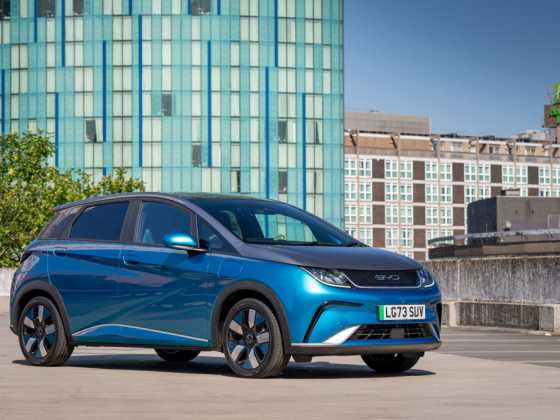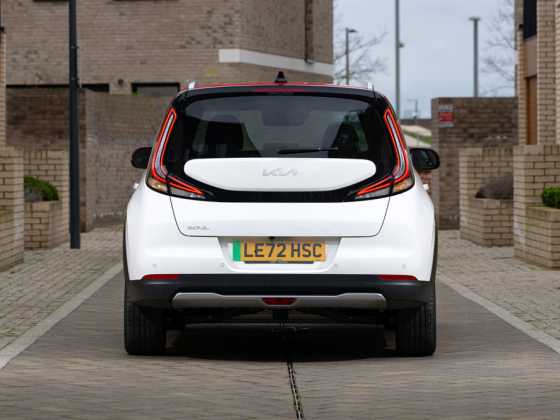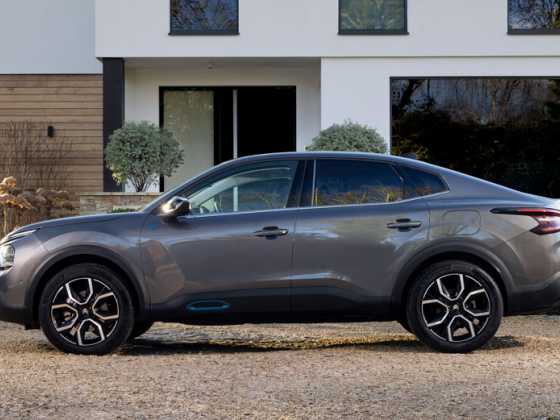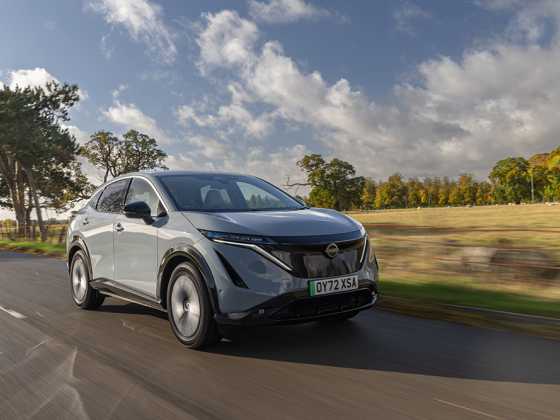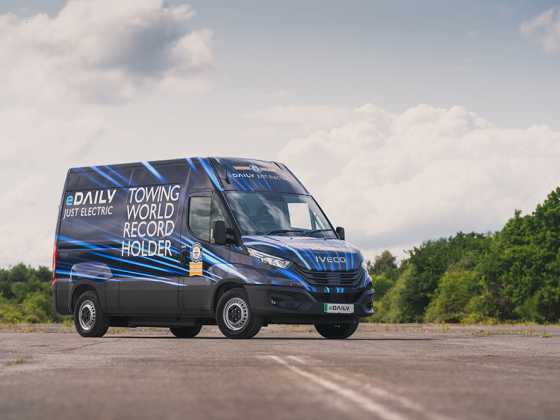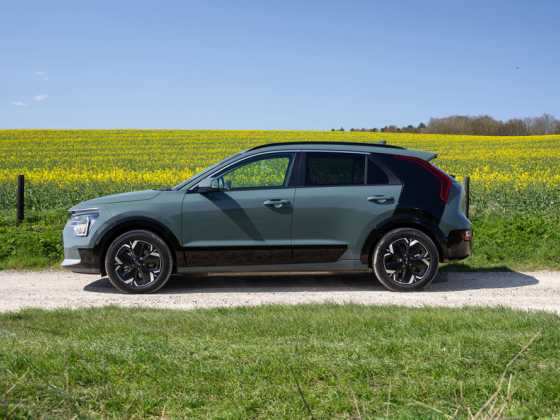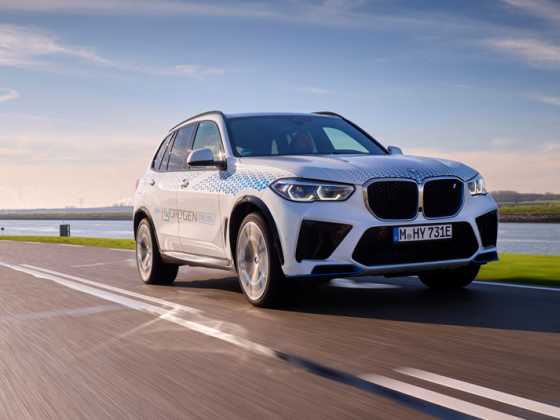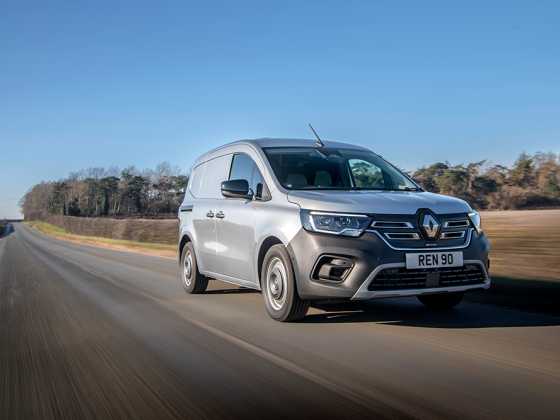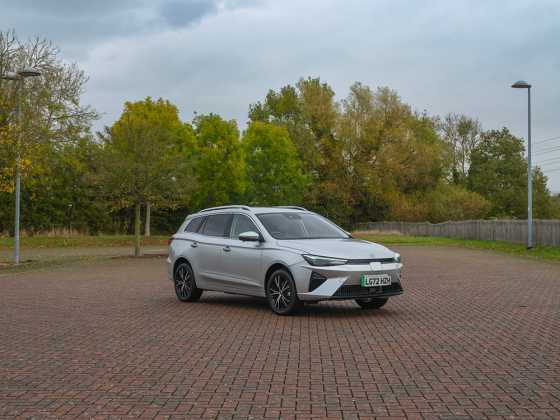Renault Zoe GT Line R135 Z.E 50
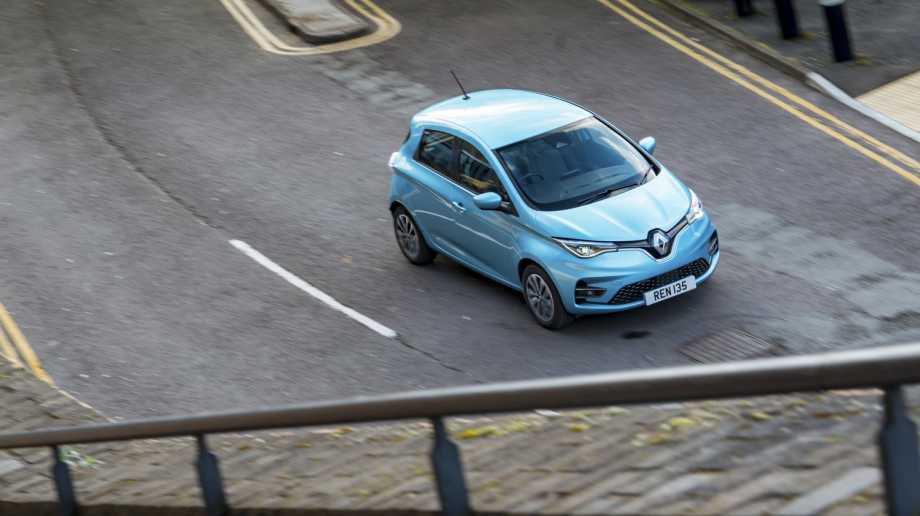
Richard Gooding finds subtly evolved looks and an upgraded interior enables the Renault Zoe to enter a more upmarket phase, without sacrificing the driving, range and practicality benefits that have become its hallmarks
What is it?
First unveiled as a concept in 2009, the Zoe has spearheaded Renault’s electric vehicle push. A car similar in size to the Clio supermini, the first ‘ZE’ production version appeared in 2012 with a 22kWh battery and a range of 130 miles. Constant refinements introduced ‘Z.E 40’ 41kWh and ‘Z.E 50’ 52kWh versions in 2016 and 2019 respectively. Now capable of up to 245 miles on the WLTP test cycle in 2020, the ‘Z.E 50’ battery is fitted to all new Zoes, with a choice of carried over 107bhp ‘R110’ and new 133bhp ‘R135’ electric motors. Frequently topping electric car best sellers lists, the Zoe has won a host of awards over its lifetime, and Renault was named the GreenFleet Electric Vehicle Manufacturer of the Year in 2019.
How does it drive?
On first acquaintance, little appears to have changed with the latest Zoe. However, look a little more carefully, and changes become apparent. While the appearance isn’t radically different – why risk damaging sales – new front and rear lights give a more ‘confident’ and aggressive look, and the overall impression is one of subtle assertiveness. Mild it may be, but the freshening up works.
Inside, the changes are more far-reaching. Long overdue, a new dashboard and more upmarket materials impart an almost-premium air, making the new Zoe’s cabin leagues ahead of the old car’s. All the touchpoints – steering wheel, steering column stalks and air conditioning controls – are of a high quality, and the new ‘toggle’ switches below the portrait-orientated touchscreen are nice additions. The 10-inch digital driver display adds a high-tech feel, too, and is easy to use, with smooth transitions and shortcut buttons for different functions.
In common with all electric cars, one the move the new Zoe is serenely quiet and acceleration is brisk. There’s barely any road noise, which again points to improved quality, and the damping is very well-judged, feeling firm but still very comfortable. The new Zoe feels nimble and has quick steering, making for a fun driving experience. The car can be driven in an enthusiastic manner, the regenerative braking ‘B’ mode really aiding moving retardation.
The ‘B’ mode contrasts markedly with the standard ‘D’ driving mode. It noticeably slows the car down to an almost stop at junctions and makes for easy ‘one pedal’ driving. There is only one stage of regeneration, though, and no steering wheel paddles that would enable more control. An ‘Eco’ driving mode also helps eke out range, by minimising the car’s performance and air conditioning operation.
What range does it have?
As before, the new Zoe employs lithium-ion technology for its battery, but its capacity has grown to 52kWh. That’s 25 per cent more energy than its predecessor, which pushes range to almost 250 miles on lower-specification models. Top GT Line trim cars, as tested here, have an official range of 238 miles on the WLTP cycle. Features such as a heat pump and the extra regeneration mode help enable maximum efficiency. The car’s dual personality as a long range cruiser and eager city zipper remains intact.
How long does it take to charge?
Renault has used its on-board ‘Chameleon Charger’ technology once more on the new Zoe. This means that the new Zoe is compatible with various power sockets and sources. The most convenient way to charge is at home, and a 7kW wallbox can fully recharge the new Zoe’s battery in nine to 10 hours. Renault currently offers a home 7kW wallbox to new Zoe drivers via its charging partner, BP Chargemaster, subject to terms and conditions.
The car can also be recharged at one of the 11,000 nationwide public charging points, and a 22kW charger can refill the battery in as little as three hours. The new Zoe also supports DC charging for the first time, and 50kW rapid chargers can put in 80 per cent of charge in just one hour and 10 minutes. Thirty minutes’ charging at the same point can add 90 miles. To help find the nearest charge point, Renault’s Easy Link navigation system can be used in the car itself, or the My Renault smartphone app can also be used to find charge points along a given route.
However, there is one word of caution. At the time of writing, the 50kW rapid charging function is a £1,000 option on Iconic and GT Line-specification Zoes. It’s something that we think should be standard. Renault has introduced new ‘Rapid Charge’ versions for £1,000 more with the rapid charge functionality as standard, and they would be the new Zoes we’d choose. The extra peace of mind that the car can be charged at a motorway service station for example, is worth the price bump.
What does it cost?
The Zoe is available in three trim levels and unlike previous Zoes, the new car is only available to buy with the battery, the battery rental option dropped. With the government’s Plug-In Car Grant (PICG) deducted, the £26,495 Play R110 Z.E 50 starts the range off, and comes with 15-inch ‘Flex’ alloy wheels, auto LED headlights, auto wipers, cruise control, keyless entry and start, a 7-inch colour touchscreen infotainment system with Android Auto and Apple CarPlay, and the only choice of the ‘R110’ motor. The £27,995 Iconic R110 Z.E. 50 adds 16-inch wheels, climate control, connected navigation services, rear USB ports, a synthetic leather-covered steering wheel, a wireless smartphone charger, and a host of driving safety aids including lane keeping and traffic sign recognition systems. The ‘R135’ motor can also be specified in Iconic trim, the Iconic R135 Z.E 50 car starting at £28,495.
The top-specification £29,995 GT Line is married to the ‘R135’ motor, and adds diamond-cut wheels, an auto-dimming interior mirror, blind spot monitoring, part-synthetic leather upholstery, privacy-tinted rear windows, rear-view camera, electrically-folding door mirrors and a 9.3-inch colour touchscreen infotainment system. ‘Rapid Charge’ versions of the Iconic and GT Line with the DC faster charging functionality priced at £1,000 more give drivers a wider choice.
How much does it cost to tax?
As the Renault Zoe is all-electric and emits no tailpipe emissions, it attracts no VED charge. For the 2020-2021 financial year, the Zoe is rated at 0 per cent Benefit in Kind (BIK), stepping up to 1 per cent in 2021-2022. In 2022-2023, a 2% BIK rate applies.
Why does my fleet need one?
Back in GreenFleet 66, we said that the Zoe “genuinely feels like the first electric car that could catch on.” It has caught on in a big way since then, and the new Zoe builds on the easy-to-drive strengths of its predecessors, but brings a much improved quality feel, as well as more striking looks. Importantly, it also keeps its long range ability and fun-to-drive personality. In short, Renault has made a good car even better. It has wisely left alone the parts that were good and greatly improved the rest.
The Zoe remains one of the best electric cars on the market and the latest refinements make it an even more compelling choice. A 100,000-mile/5-year warranty – extending to eight years on the traction battery – should help seal the deal.

